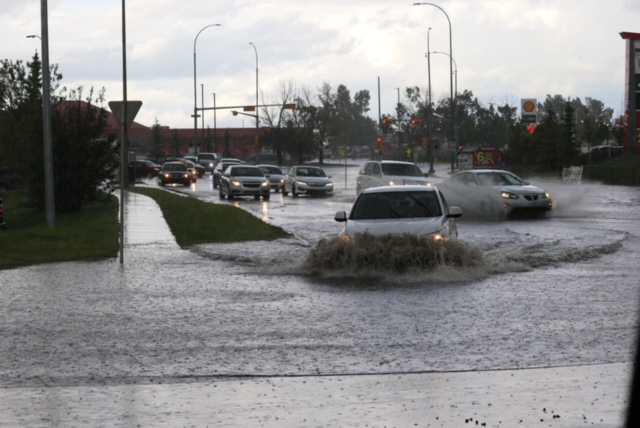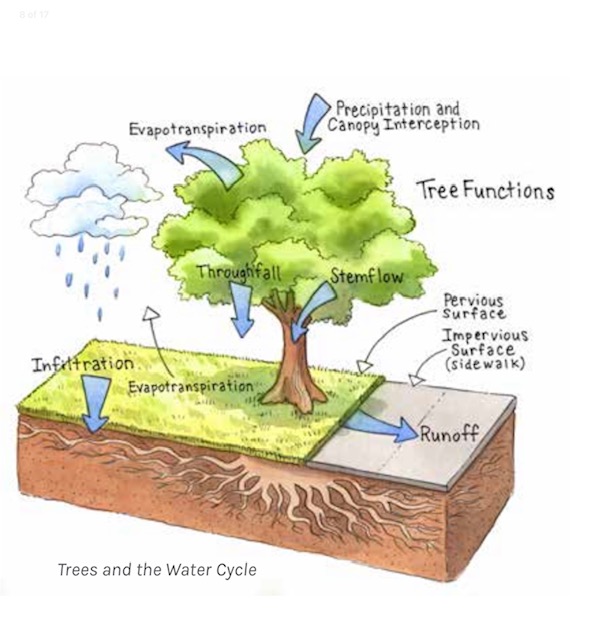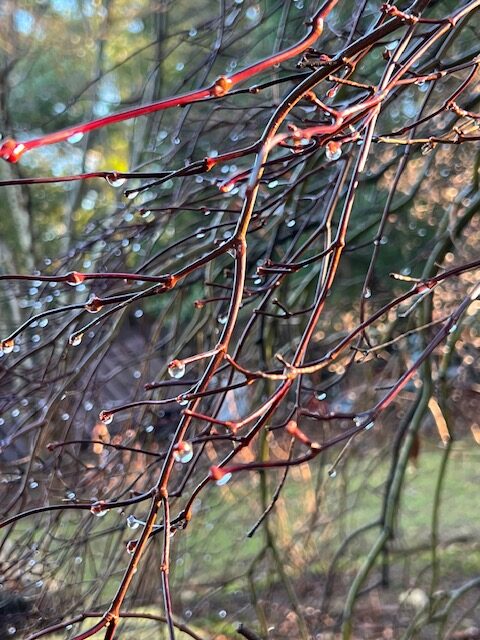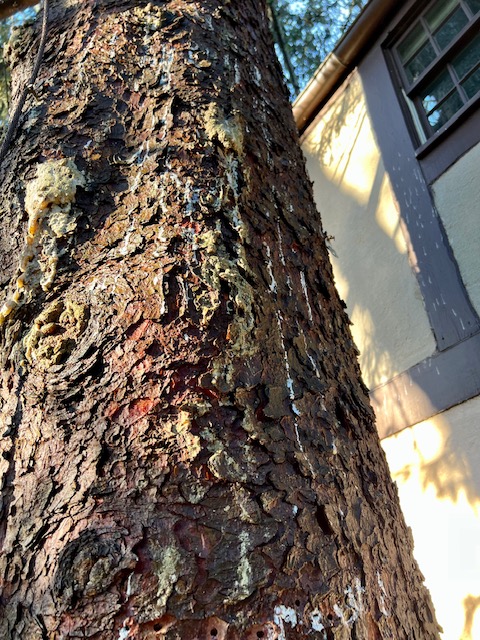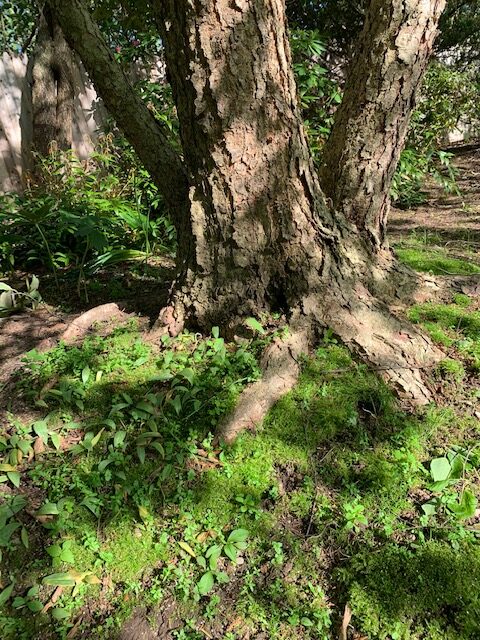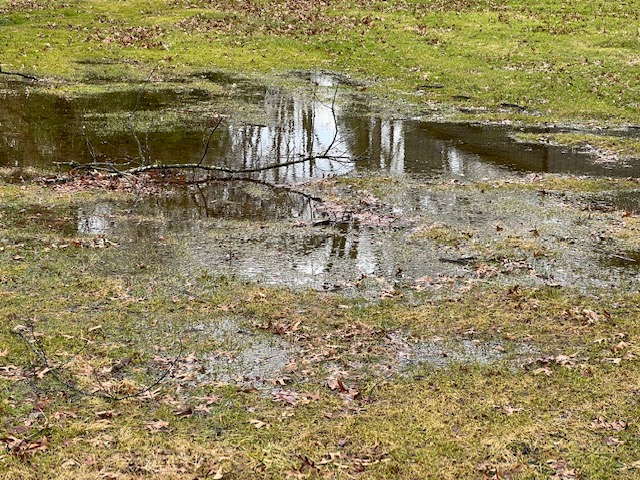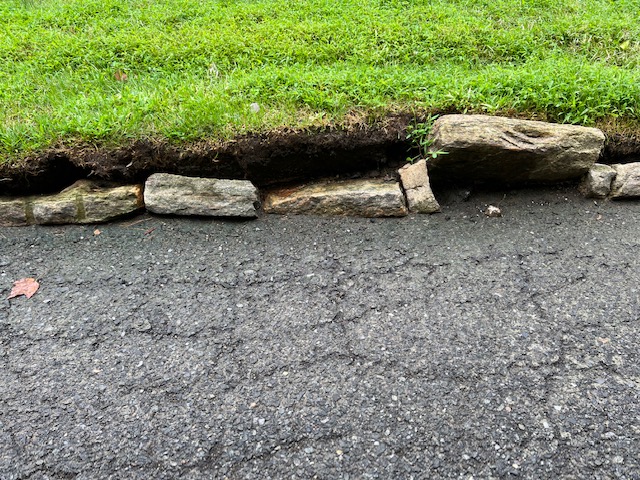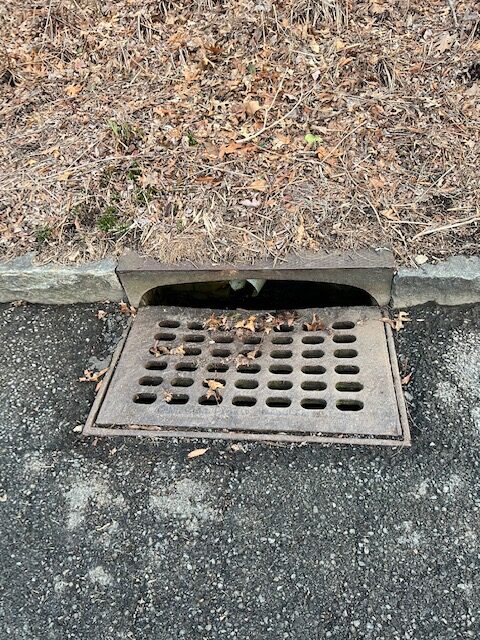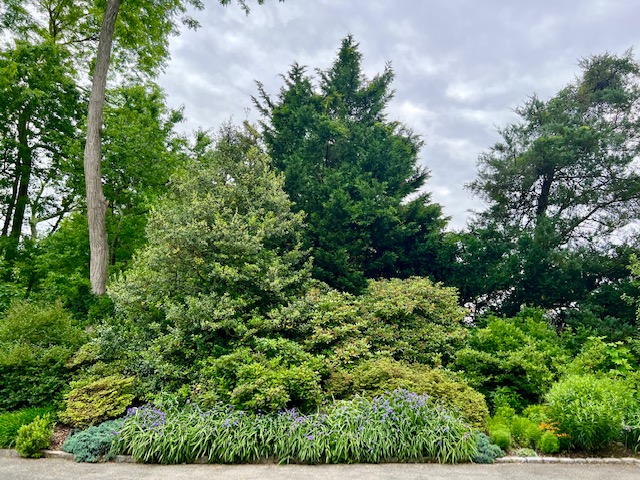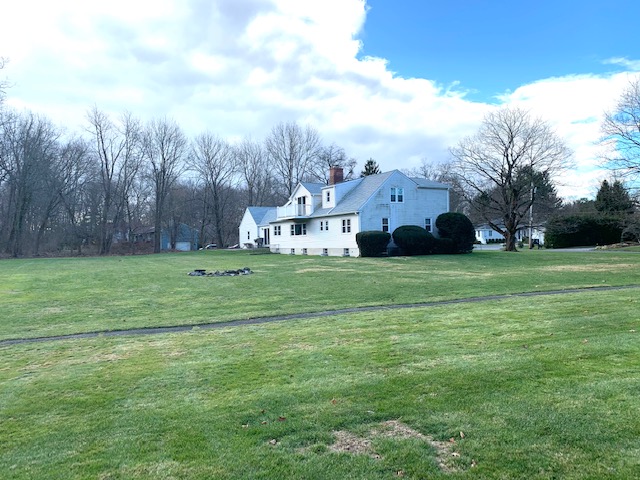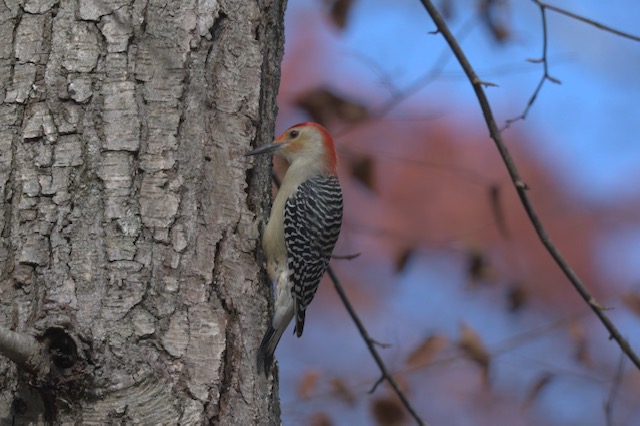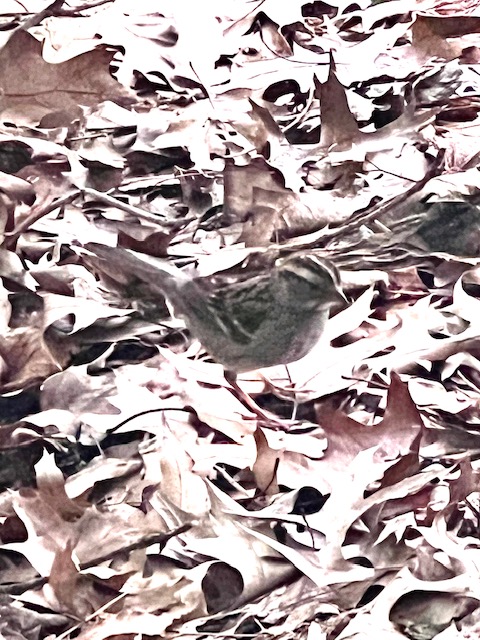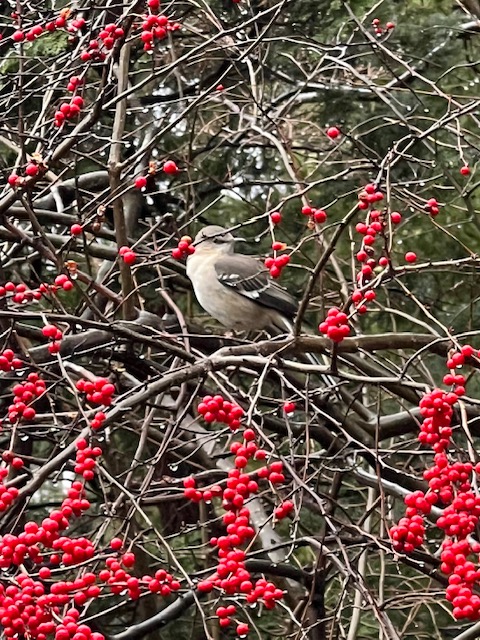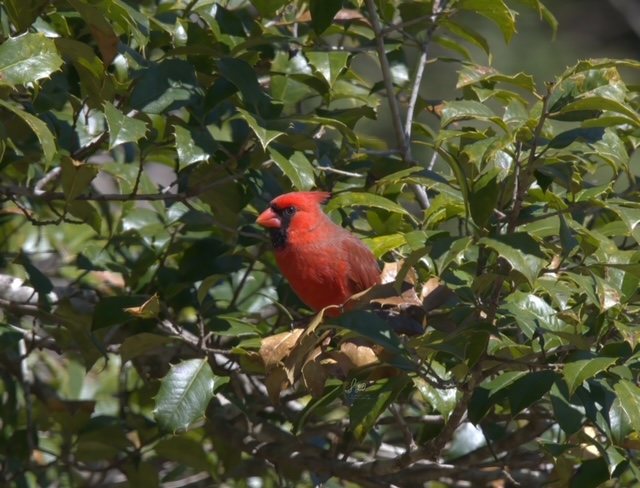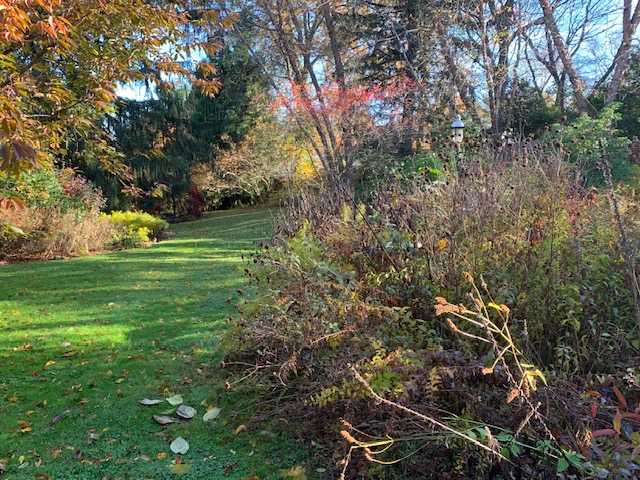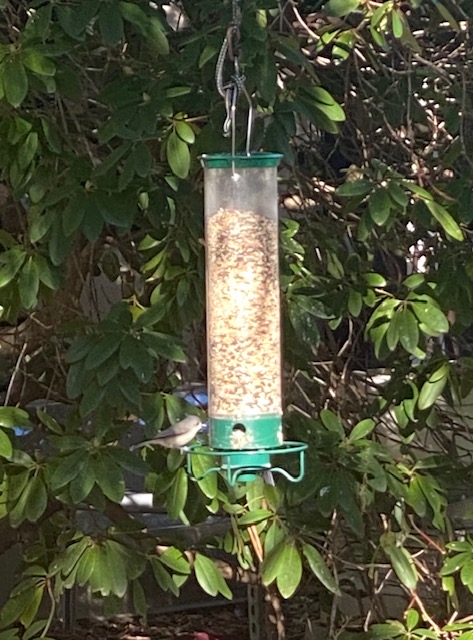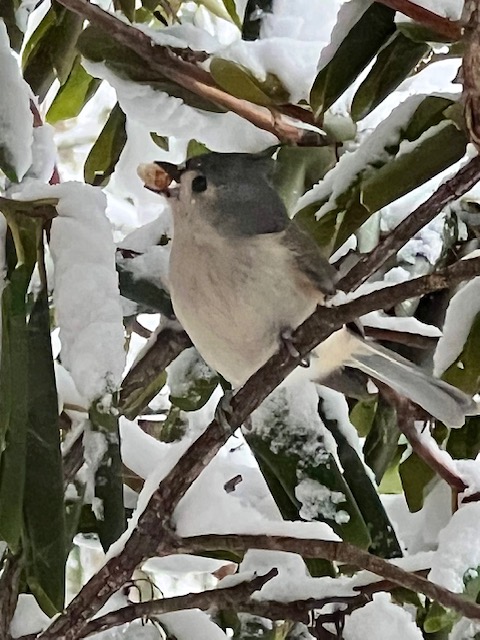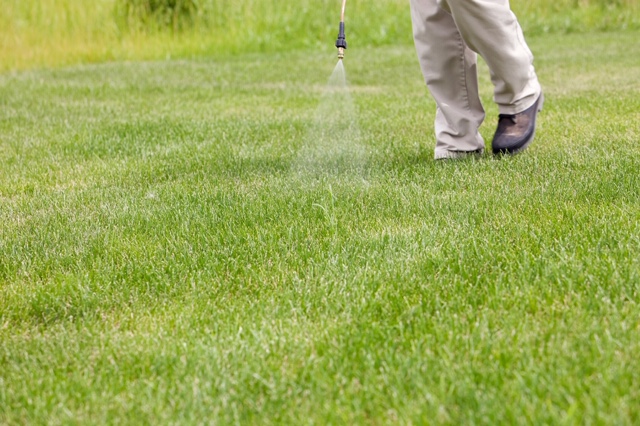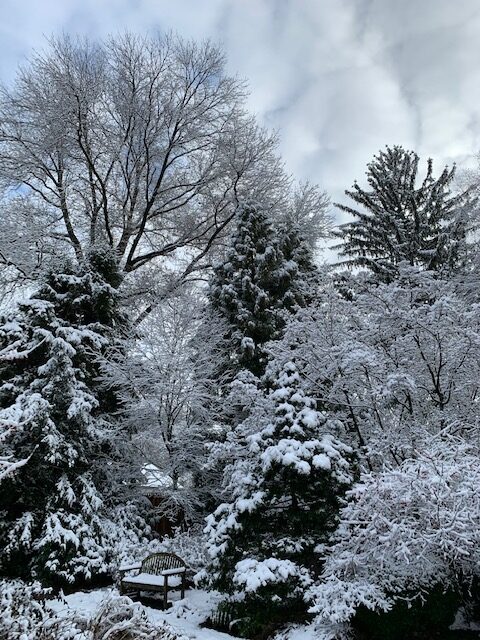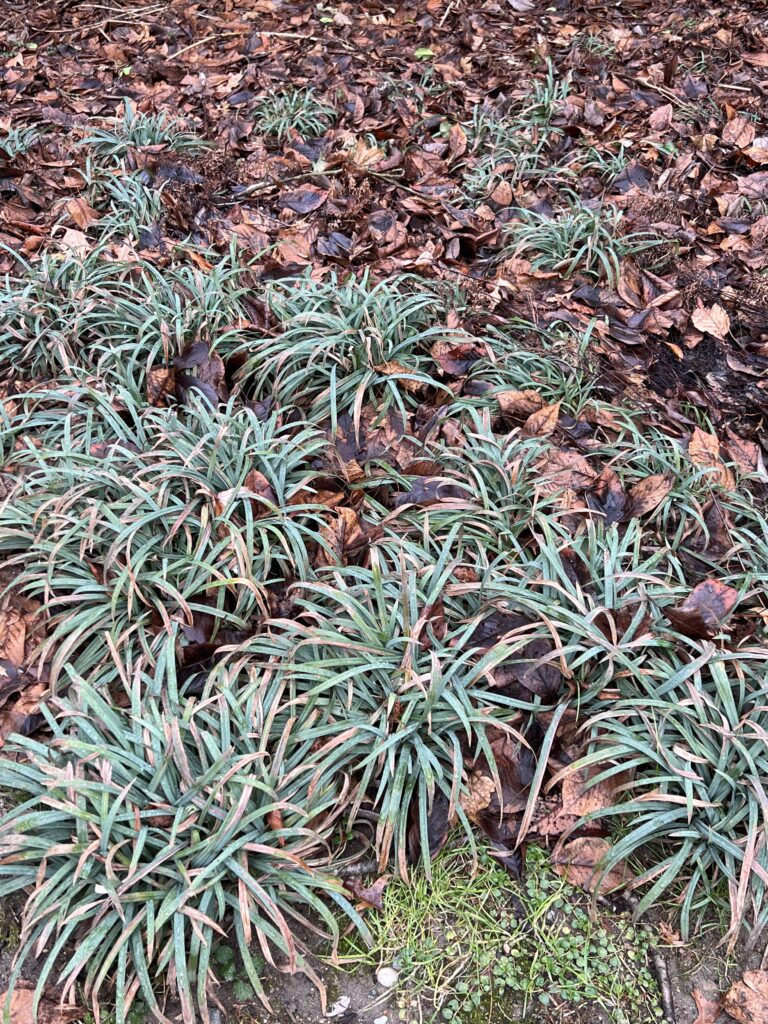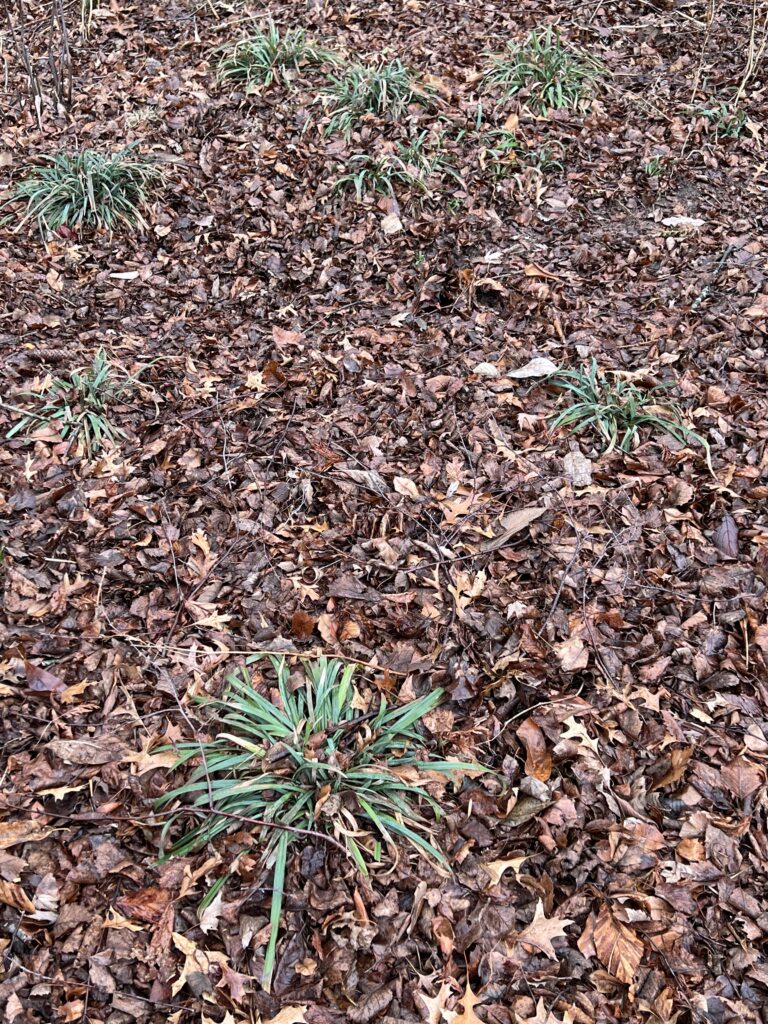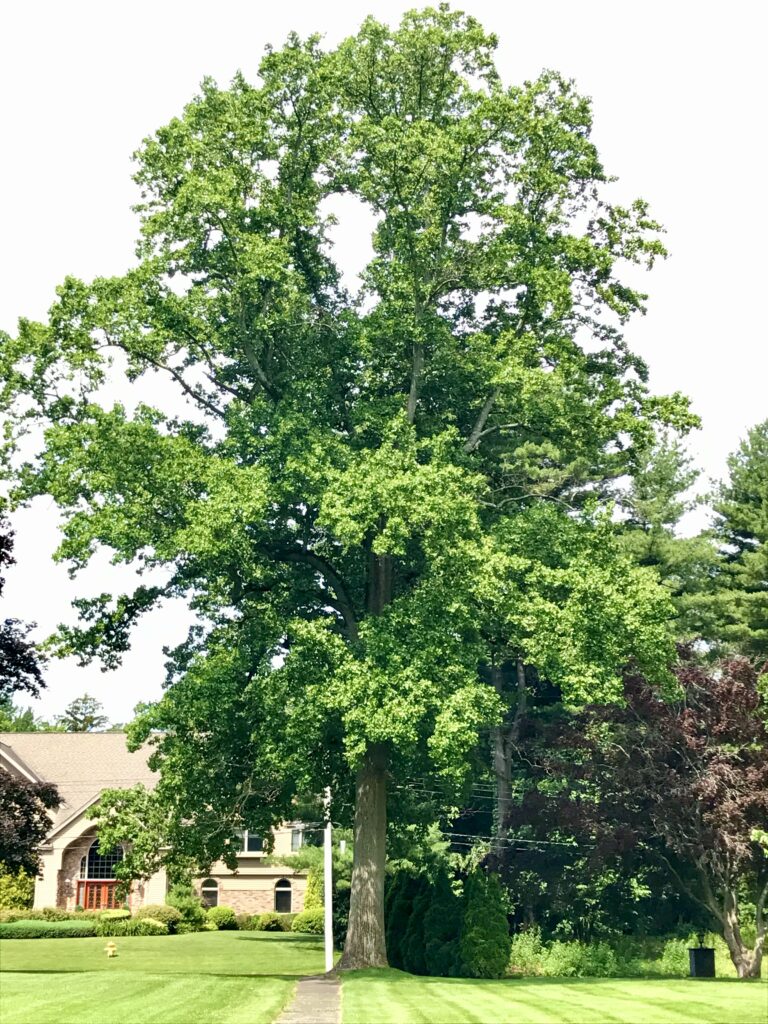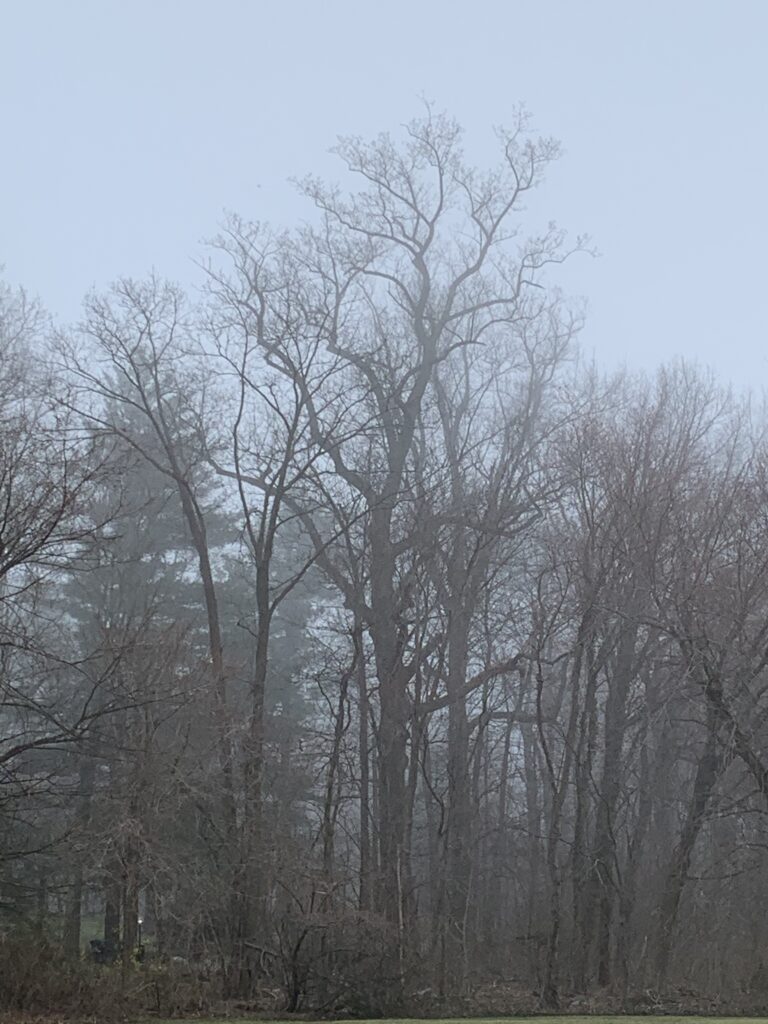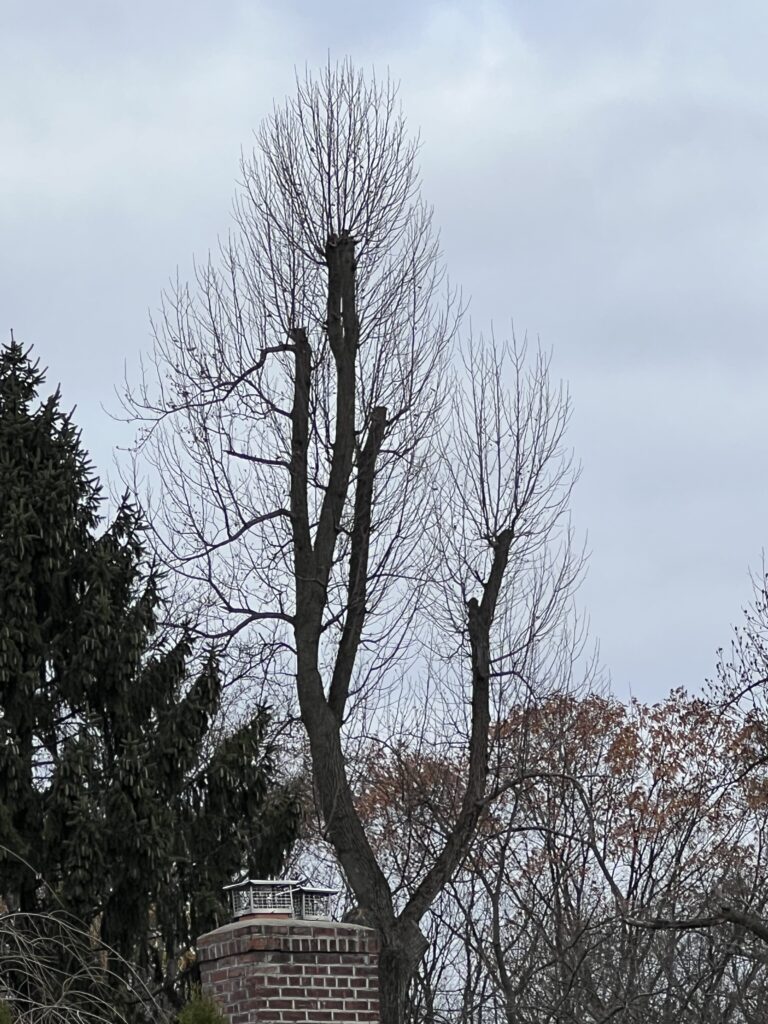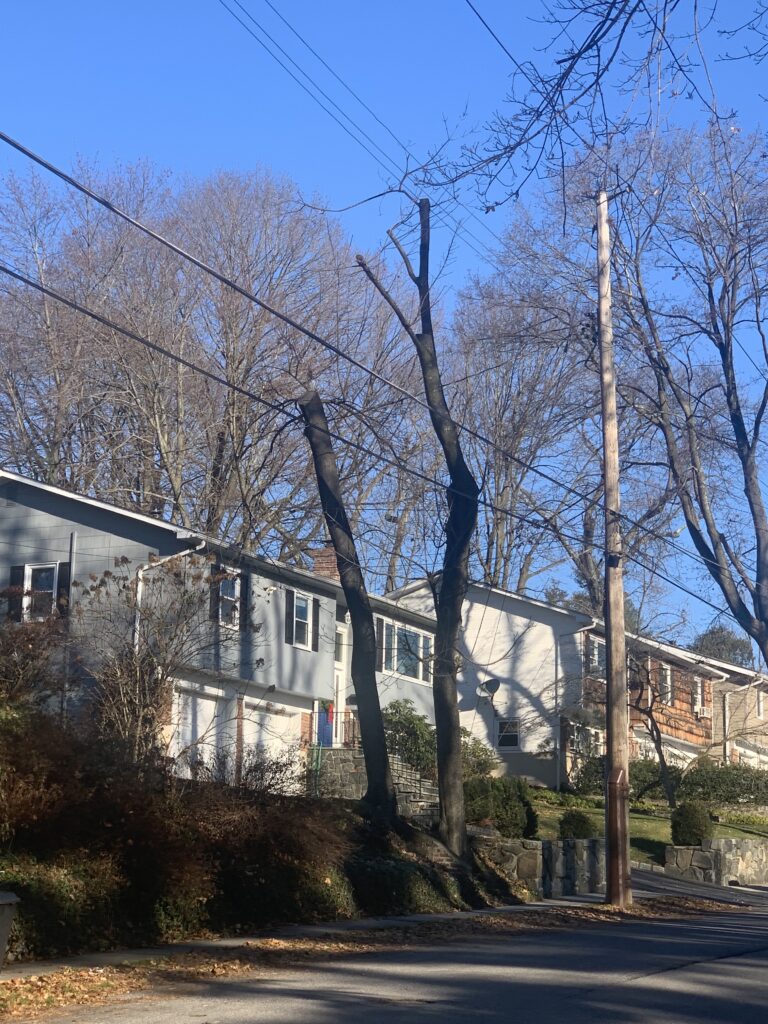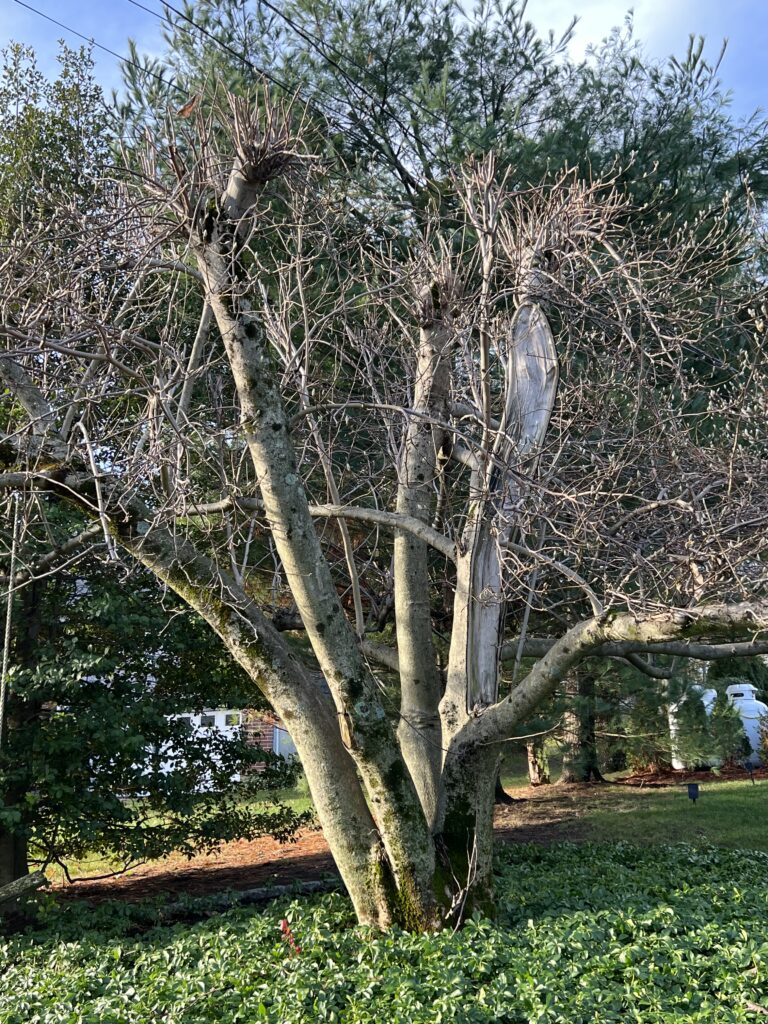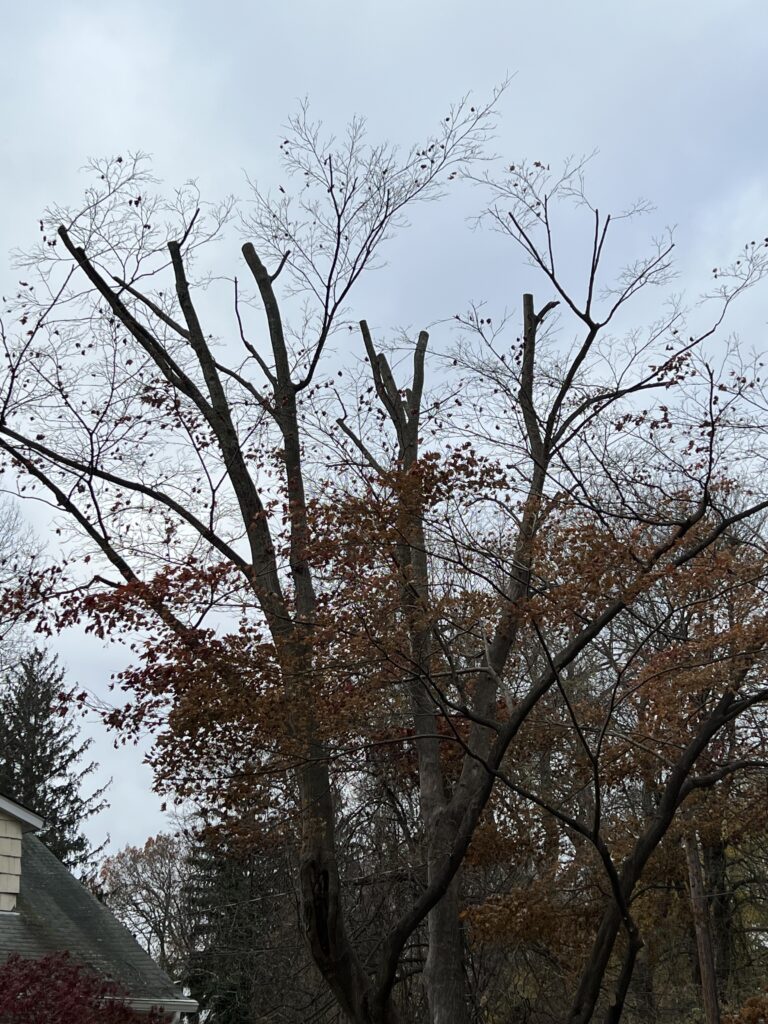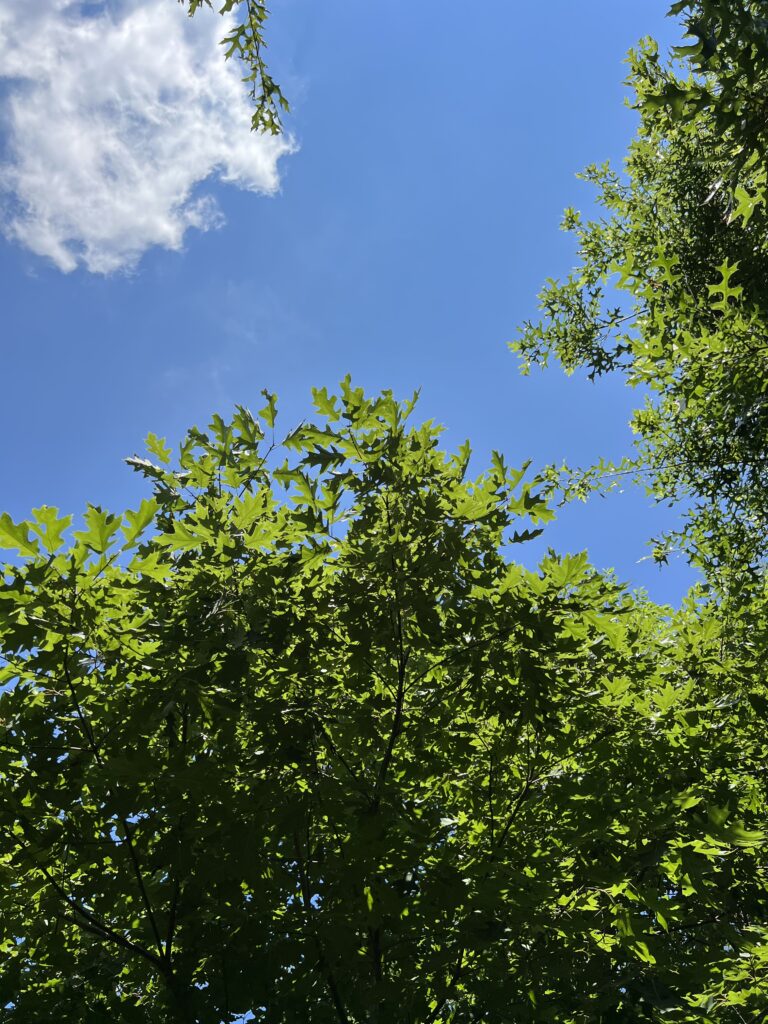
Conservationists, ecologists, and this blog repeatedly urge gardeners to use more native plants. Native plants are essential to a healthy ecosystem because they are the first link in the food chain. Insects native to a particular region generally cannot eat plants from other regions, and insects are the primary food source for birds and many other animals. We know that insect and bird populations are declining rapidly, so we ask homeowners, residents, and property managers to replace lawn, which has no ecological value, with abundant plantings of native trees, shrubs, grasses, and perennials.
But not everyone can do that. Gardening is not everyone’s hobby and, for many people, taking care of a lawn and a few shrubs is really all they can manage. So, what if you want to help save songbirds, butterflies, and fireflies, but transforming an entire landscape to native plants is not an option?
In a recent interview, Dr. Douglas Tallamy, research scientist and best-selling author of several books about the interaction between native plants and insects, was asked whether there are any simple things that anyone with a yard can do to benefit insects and birds. He immediately responded, “Plant an oak tree.”
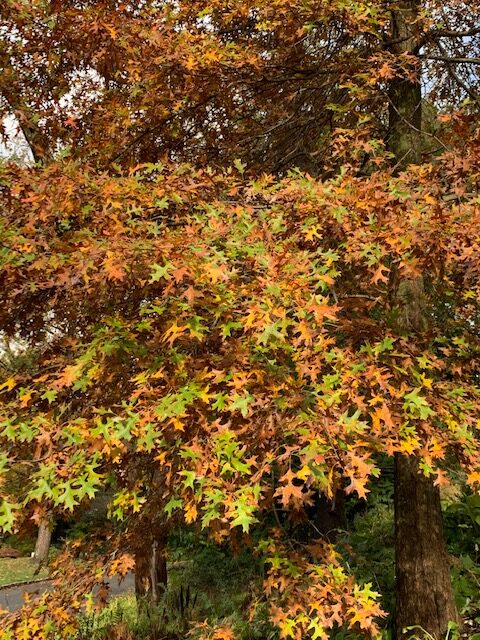

Planting a native oak tree — or saving one — may be the single most valuable thing you can do to support nature. Oak trees are “keystone” plants, which means they are essential to the survival of many other species. Without them, there would be a cascade of species extinctions.

The importance of oaks to our native birds is perhaps the most dramatic example. Virtually all songbirds need insects to feed their young. Baby birds cannot eat seeds or berries. They must have insects, especially caterpillars. Caterpillars, the larvae of moths and butterflies, are soft, easily digested, and loaded with the nutrition baby birds need. Dr. Tallamy’s research has shown that a pair of Black-capped Chickadees needs 7,000 to 9,000 caterpillars to raise a single clutch of 3 baby chicks to maturity. Chickadees are very small birds and, if there is enough food, they can raise 2 clutches of babies in a season — that’s a lot of caterpillars! All of our other backyard birds have the same needs. Adult birds spend all day finding and transporting thousands of caterpillars to their nests. And where is the best place to find all those caterpillars? On the leaves of native oak trees!
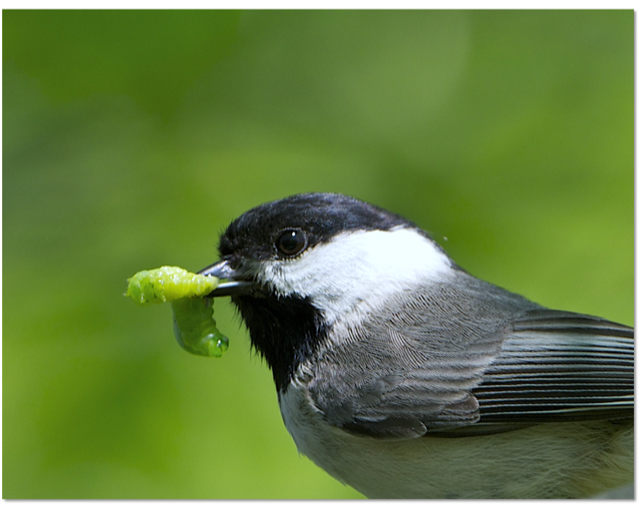
Photo: Dr. Douglas Tallamy
Oak trees are caterpillar factories. Over 500 species of moths and butterflies lay their eggs and hatch their caterpillars on native oak trees. By comparison, not one single species of North American moth or butterfly caterpillar can mature on the leaves of a Norway maple! In fact, none of the popular non-native trees typically planted in suburban yards help birds feed their babies. Japanese maples, crape myrtles, Korean dogwoods, Norway spruces, Callery pears, and Kwansan cherries are essentially “barren” – they do not support caterpillar populations or other insects of value to birds.

Planting a native oak tree, or saving one from destruction, is an easy way to support biodiversity. There are over 90 species of oaks native to the US, and many of them are widely available, hardy, easy to care for, and very long-lived. In the Northeast, white oak, red oak, scarlet oak, burr oak, pin oak, and black oak are all good choices.
And you don’t need a big property to have a happy oak tree. Although an oak can reach 100 feet tall with a crown spread of 120 feet given a couple hundred years, planted in an average-sized lawn, 20 or 30 feet from house and pavement, an oak can live its long life without causing any problems. The roots of oak trees tend to run deeper than most trees, so they are less likely to buckle your driveway or sidewalk than many other species. And oaks make great specimen trees in lawn areas because they typically have a more open canopy than maples or other big shade trees. They allow enough sunlight through to permit lawn (or native groundcovers) to grow underneath.
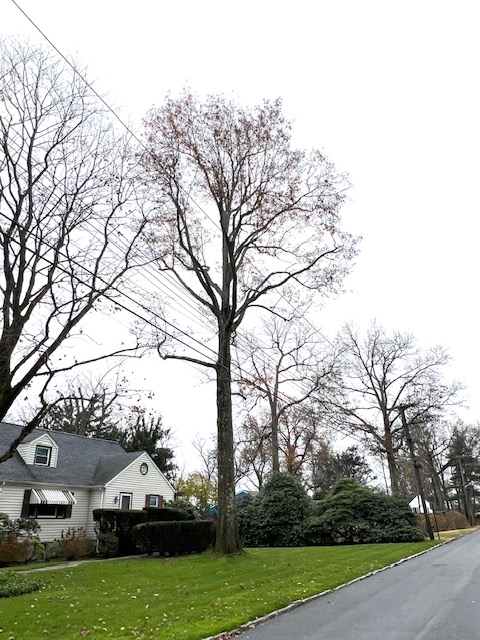
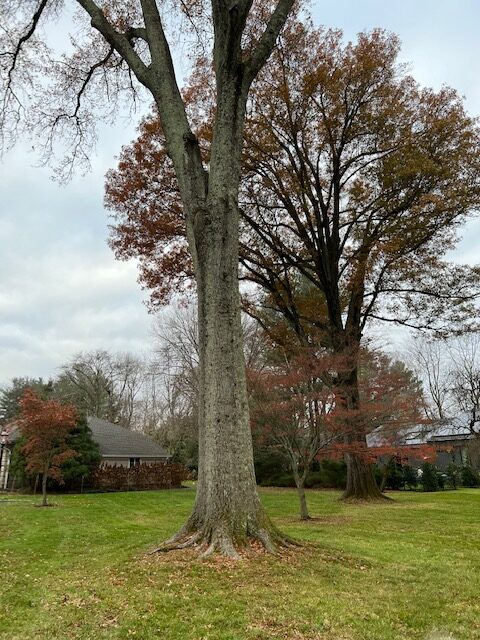
Oaks do best in full sun, and average, well-drained soil. Young trees will need regular watering until their roots are well-established, but once established, oaks need very little care. Professional pruning in the first decade will assure healthy branching, but supplemental water and fertilizer is rarely needed.
It is easy to add an oak tree to any landscape because the best practice is to start small. Transplanting a large oak can be expensive and problematic. Oaks devote most of their early life to developing the root system that will keep them healthy for several hundred years. Large specimens from nurseries have been severely root-pruned to make transplanting possible, but the loss of root structure also makes them more vulnerable to transplant shock. So, starting with a small tree, or even a sprouting acorn, is inexpensive and likely to produce the healthiest tree in the long run. In just a few years, a young sapling will catch up to a severely root-pruned specimen and surprise you with how fast it grows!

Photo: Alix Dunn
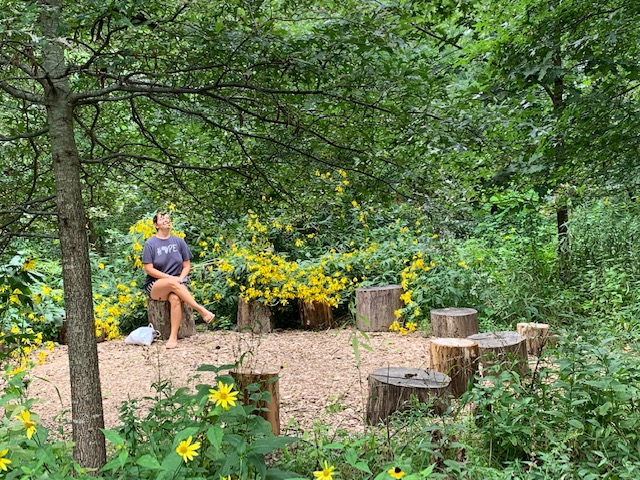
So, do this one thing. If transforming an entire landscape to native plants is not an option, consider planting a young oak tree. If you have a lawn, you already have a good spot for the most valuable keystone plant there is.
Plant an oak tree!
For further information, read the fascinating book The Nature of Oaks by Douglas W. Tallamy
To subscribe to the blog – and nothing else – enter your email below



